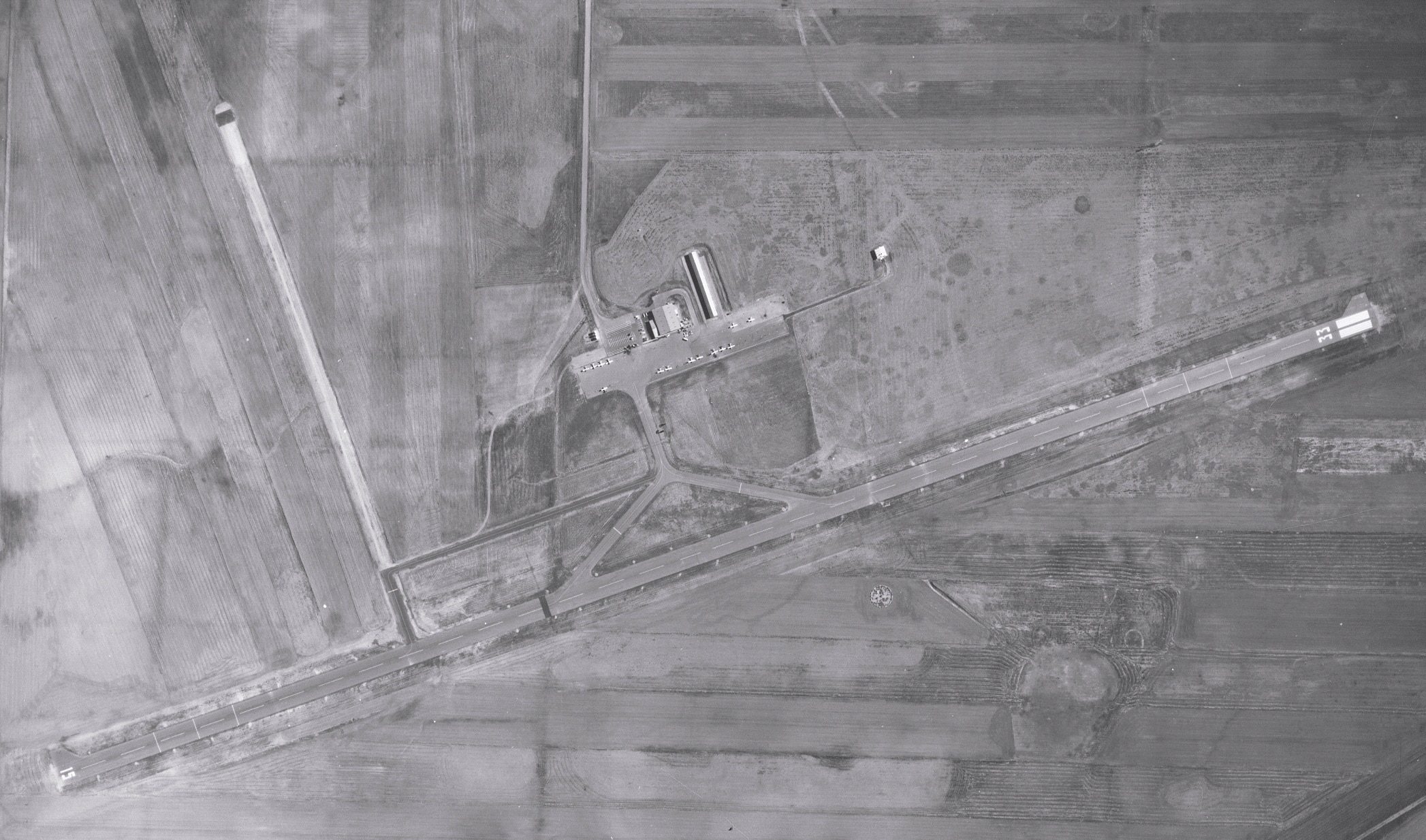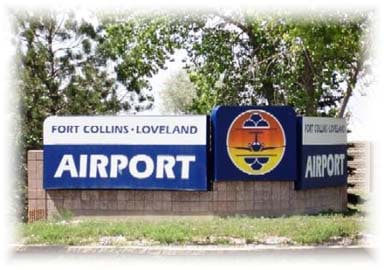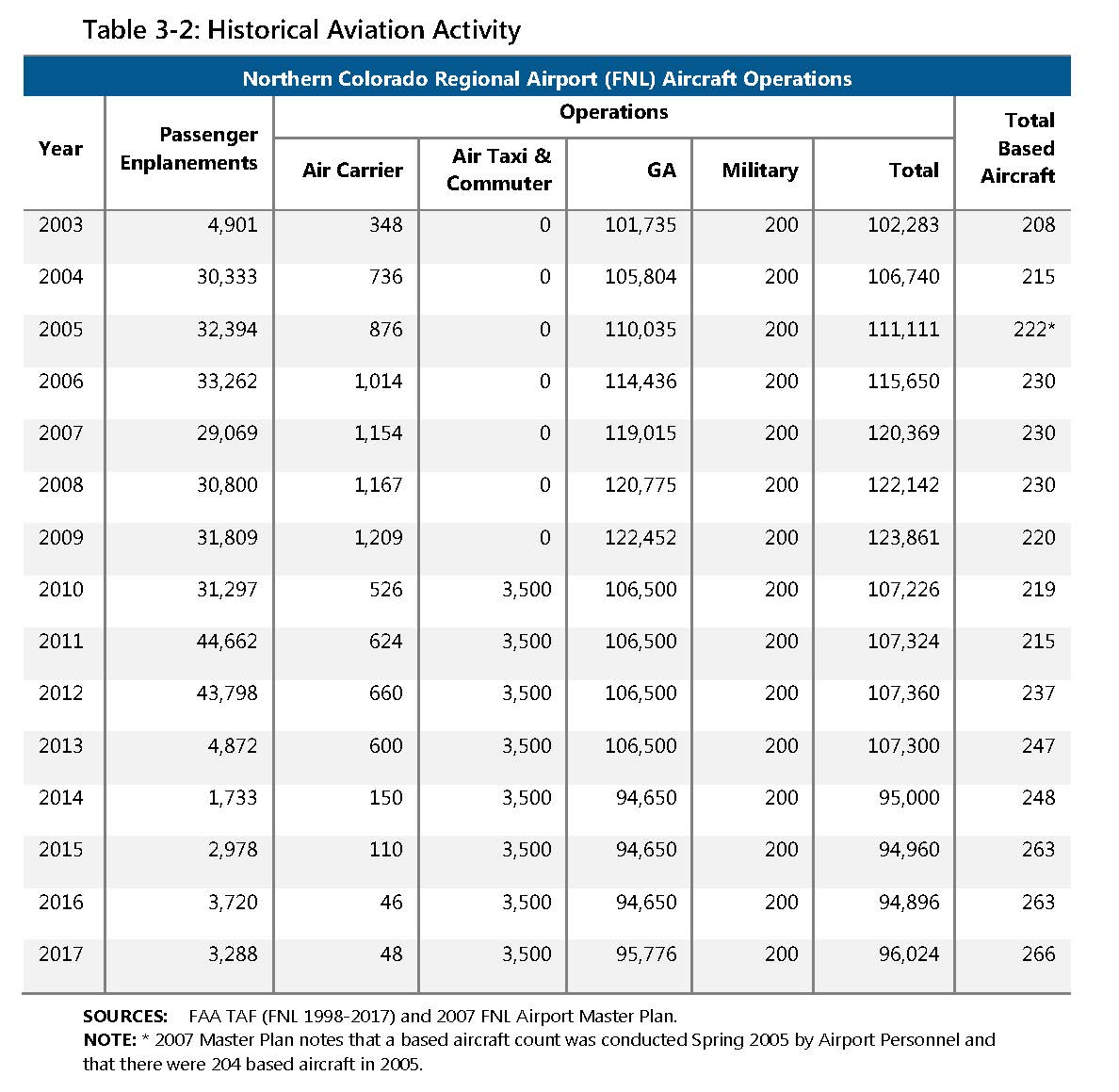

FNL’s History
Established 1963
FNL was established in 1963 when the Federal Aviation Administration (FAA) provided the Cities of Fort Collins and Loveland a land grant to acquire approximately 1,000 acres of land for the purpose of building an airport to replace two separate, smaller general aviation airports in each of the communities. The purpose was to encourage general aviation (private and corporate) and regional commuter air travel. The Airport facility opened to the public in 1966 with one Fixed Base Operator (FBO, a fueling and maintenance service station for aircraft) and one building with 10 T-hangar units. Airport ownership was split 2/3 interest to Fort Collins and 1/3 to Loveland. In 1972 Mountain Air, Inc. and Goodrich Aviation entered a twenty (20) year land lease of airport property and were also responsible for management of the Airport and FBO services. In 1977 Falcon Air, Ltd. took over as the operator at the Airport.
1979
The Cities of Fort Collins and Loveland entered into the first Intergovernmental Agreement (IGA) for the formalization of Airport management providing the operational authority to be vested equally to both Cities with all financial responsibilities shared equally.
1981
The Cities approved construction and reconstruction of additional facilities at the airport including new roads and utilities to serve increasing demand for hangar facilities for aircraft owners and businesses. This investment was built through the issuance of bonds by the City of Fort Collins and repaid by both Cities.
1983
The Cities of Fort Collins and Loveland entered an agreement to create a Public Airport Authority to govern the Airport. The Authority was active for seven years until it was dissolved due to flaws in the original agreement in which the Authority was not granted the legal power to operate independently from the Cities as a true independent entity.
1989
The current airline terminal was constructed. The facility was designed to service smaller 19 passenger aircraft and supported an average of 25,000 passenger enplanements a year between 1991-1997. These flights were supported by Continental and United Express flying to the Stapleton International Airport.
1990
The Cities entered into an IGA Lease Agreement with the Airport Authority which required the Cities pay a lease payment to the Authority. This is also when the City of Loveland took over administration of the Airport, including finances, information technology, management analysis, policy analysis, purchasing, and risk management services. Fort Collins assumed responsibility over legal, management analysis, and policy analysis services.
1991
The Cities entered a new IGA for the joint operation of the Airport and dissolved the ineffective Airport Authority. Both Cities agreed to equally share revenues and expenses and full management, policy making authority, and facility management was vested equally. This IGA placed full responsibility for the Airport with both City Councils. 1991 was also the year that FNL became a commercial service airport with scheduled service by Continental Express and United Express (Mesa Airlines), mainly to Stapleton International Airport in Denver using aircraft that held 19 passengers.
1992
Airport property was annexed into the City of Loveland and the fire station was built to provide better response to the areas surrounding the Airport as well as to create an Aircraft Rescue Fire Fighting (ARFF) program to meet the requirements as a commercial airport.
1994
The Cities reaffirmed the 1991 IGA and also created the Airport Steering Committee to facilitate communication between the Cities and provide advice to the City Councils concerning general policies, land use, budget, capital improvements, and strategic planning. Continental Express merged with Continental Airlines as the Airport accommodated over 46,000 enplanements for the year, well exceeding the terminal’s planned capacity.
2003
Allegiant Airlines began regularly scheduled service to Las Vegas, Nevada with McDonnell Douglas MD-80 jetliners which held up to 150 passengers, nearly 8x the number of passengers the existing terminal was designed to accommodate. The Airport added modular facilities to temporarily add passenger holding capacity and allow for new Transportation Security Administration (TSA) security screenings which were established in 2002.
2011
Allegiant Airlines added regularly scheduled service to Mesa, Arizona. Planning to construct a new terminal to replace the undersized facility and temporary modular buildings began.
2012
Additional modular buildings were added to provide additional capacity until a new terminal could be constructed. In August of 2012, Allegiant Airlines ceased operations citing “internal business decisions”. In late September 2012, at a Texas airline conference, Allegiant CEO Maurice Gallagher told a reporter from Las Vegas, Nevada that the airline left because the airport had no control tower.
2015
January 22, 2015 the Cities restated the IGA to reorganize the Airport Steering Committee into an Airport Commission. This body differs in that it has set bylaws which allows it some powers unlike the Steering Committee which only had the ability to make suggestions.
The Commission and Cities formally change the Airport’s name to Northern Colorado Regional Airport from Fort Collins-Loveland Municipal Airport.
2016
The Federal Aviation Administration (FAA) officially accepts the Airport’s name change.
Aviation Activity from 2003 – 2017

TODAY
The Airport has evolved over time from its municipal general aviation origins to a commercially certified regional facility. The Airport now supports approximately 100,000 annual flight operations, with over 200 hangar units and over 300 based aircraft.

